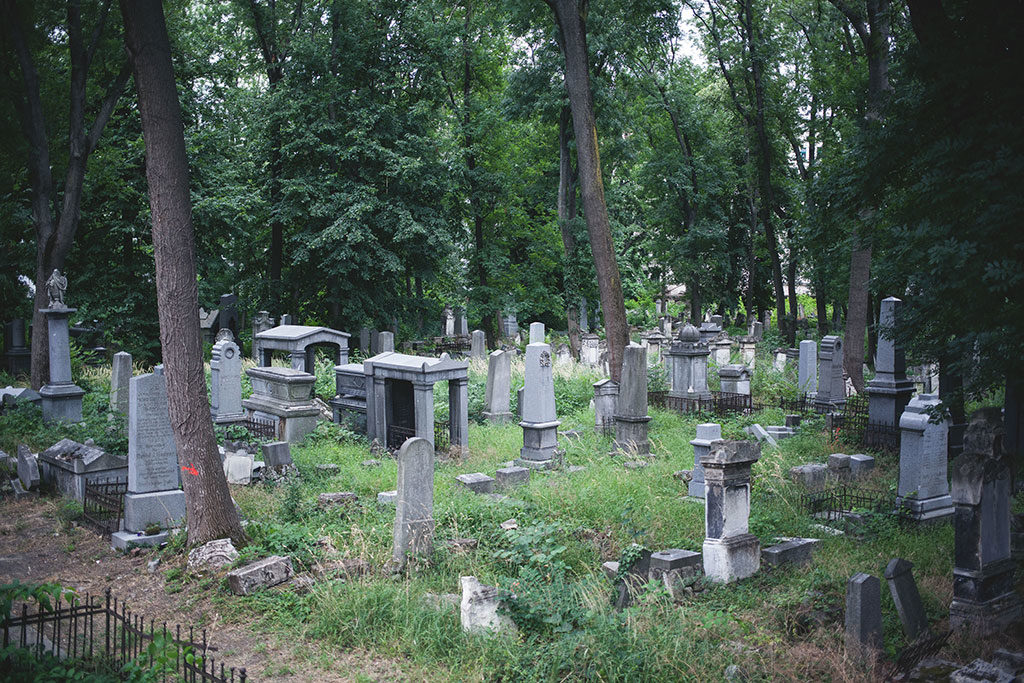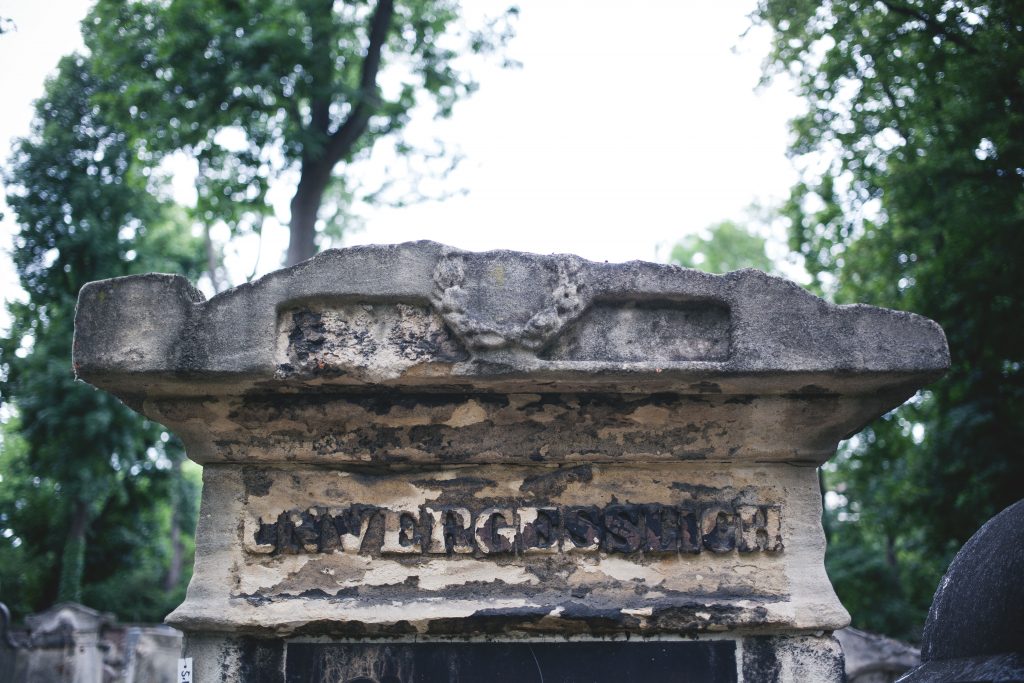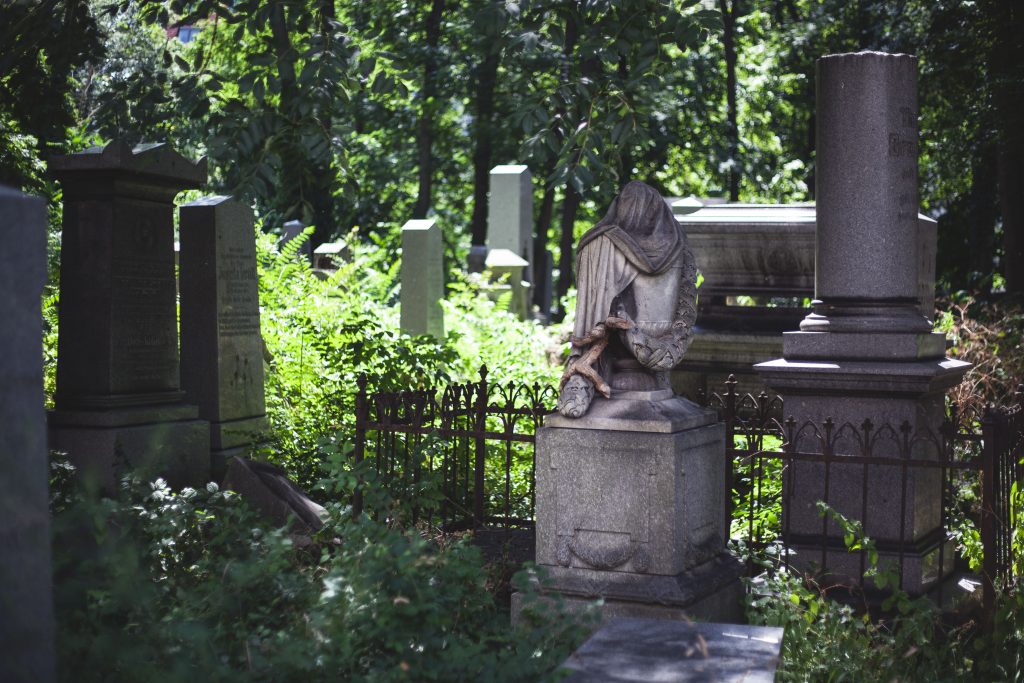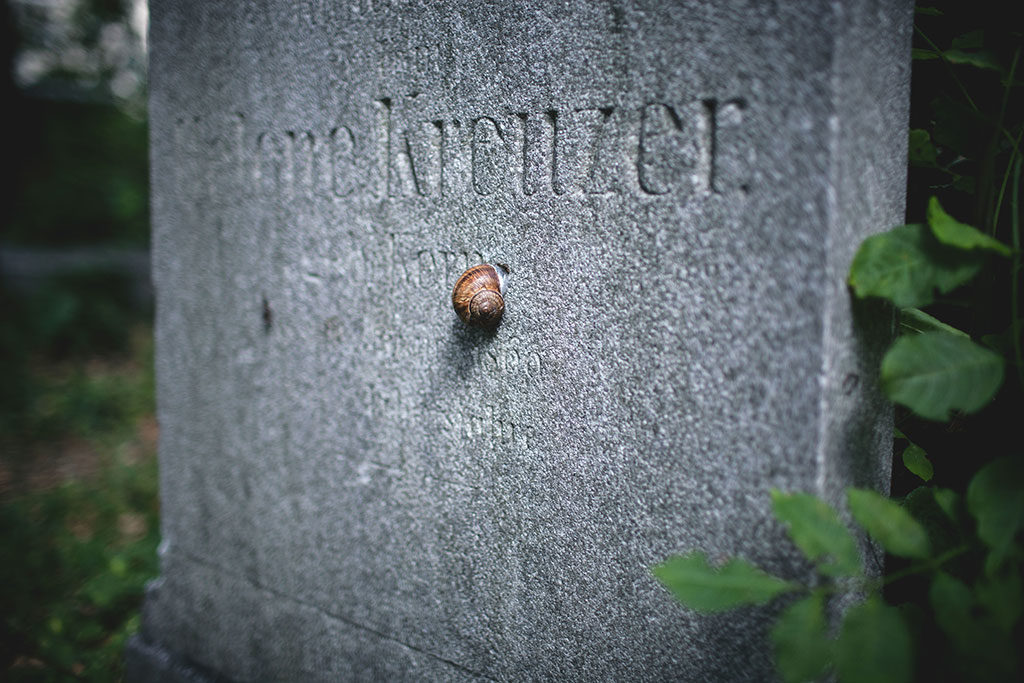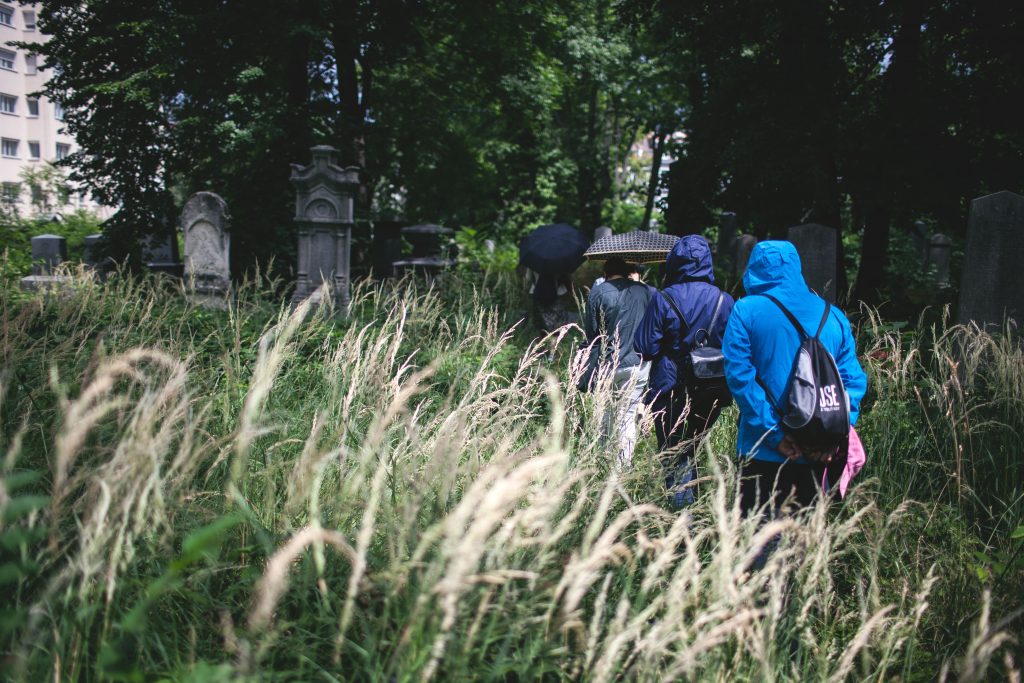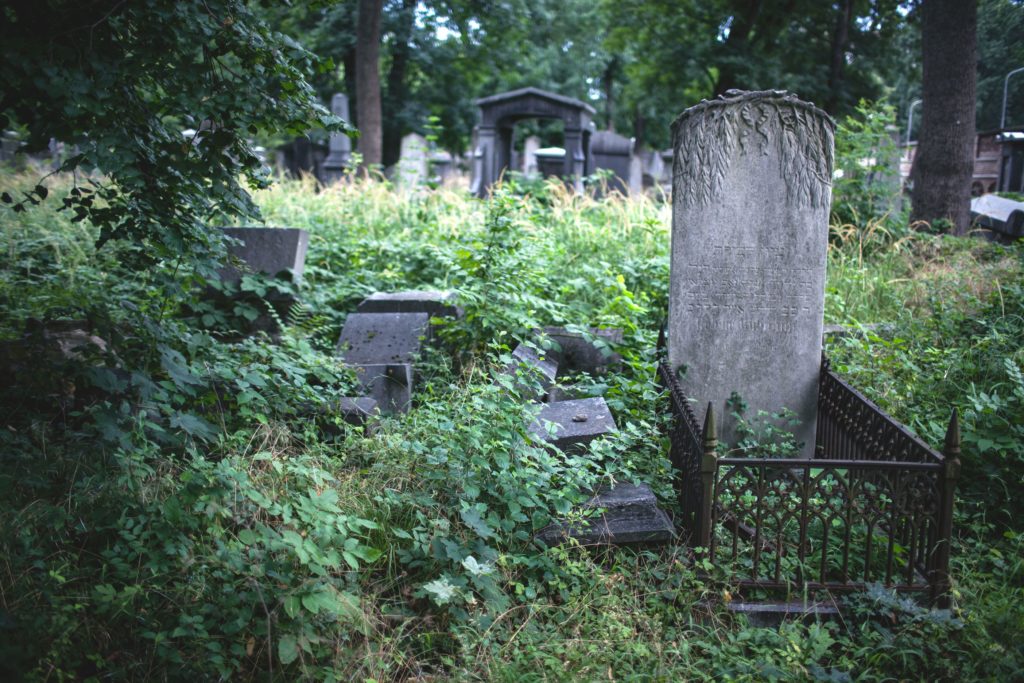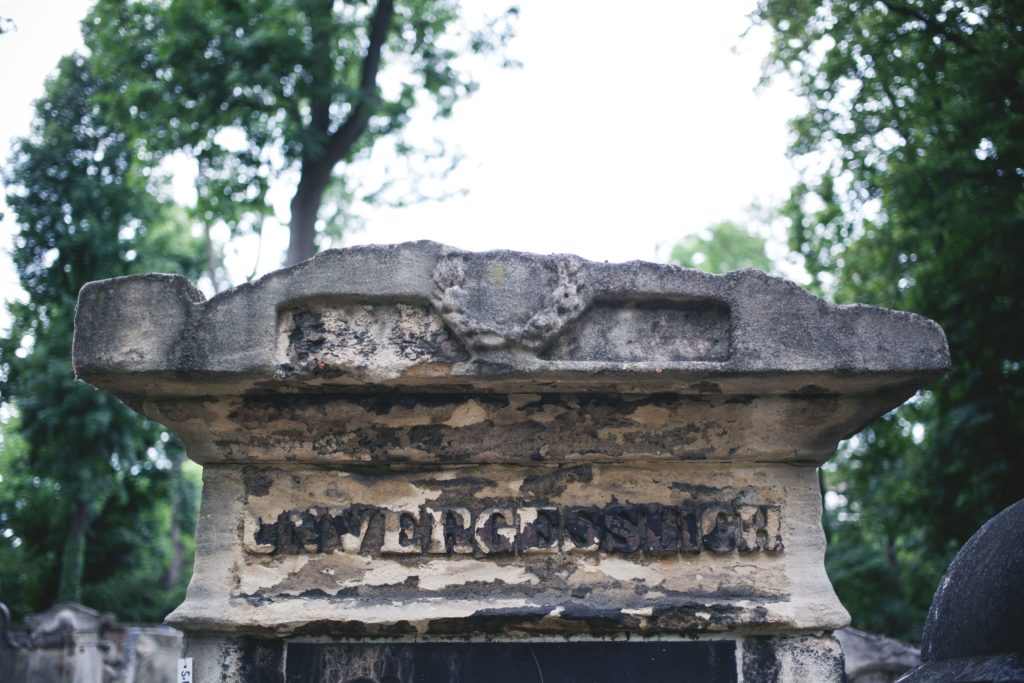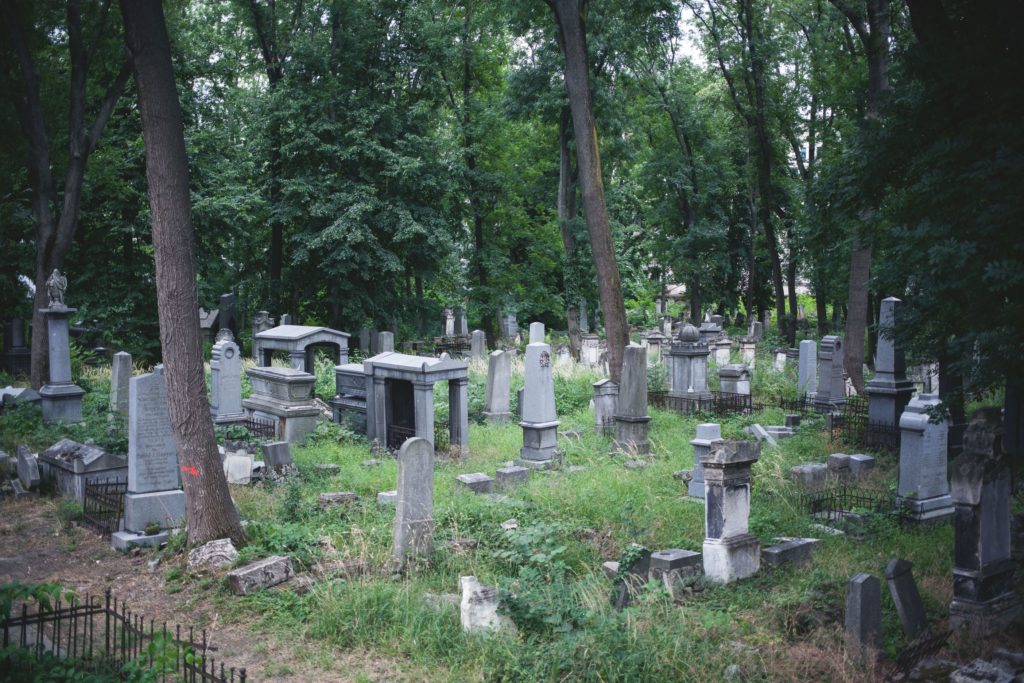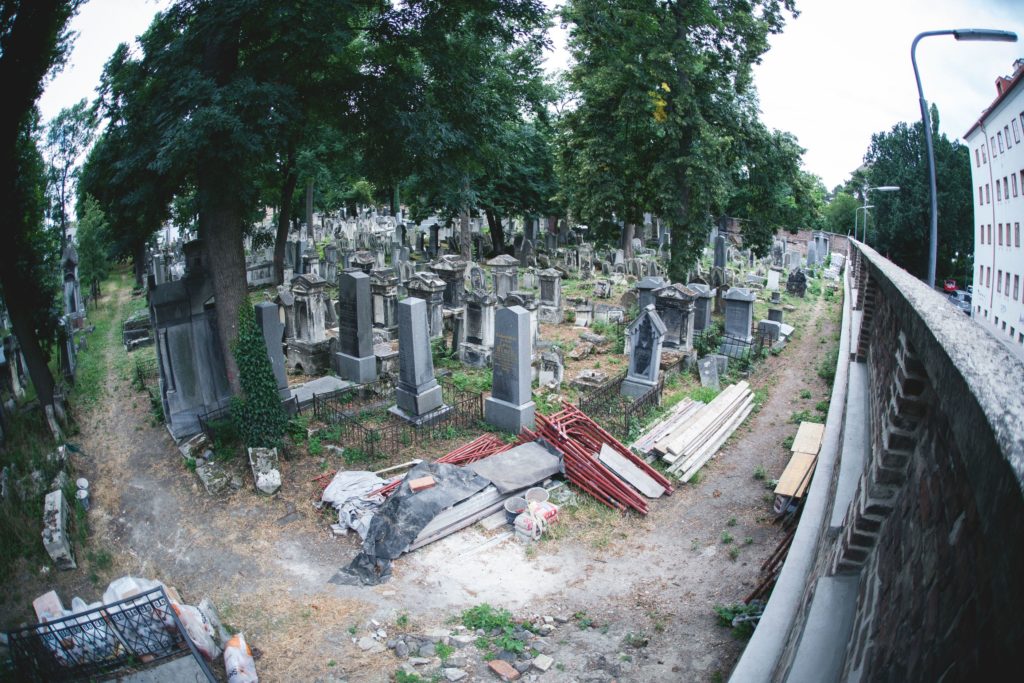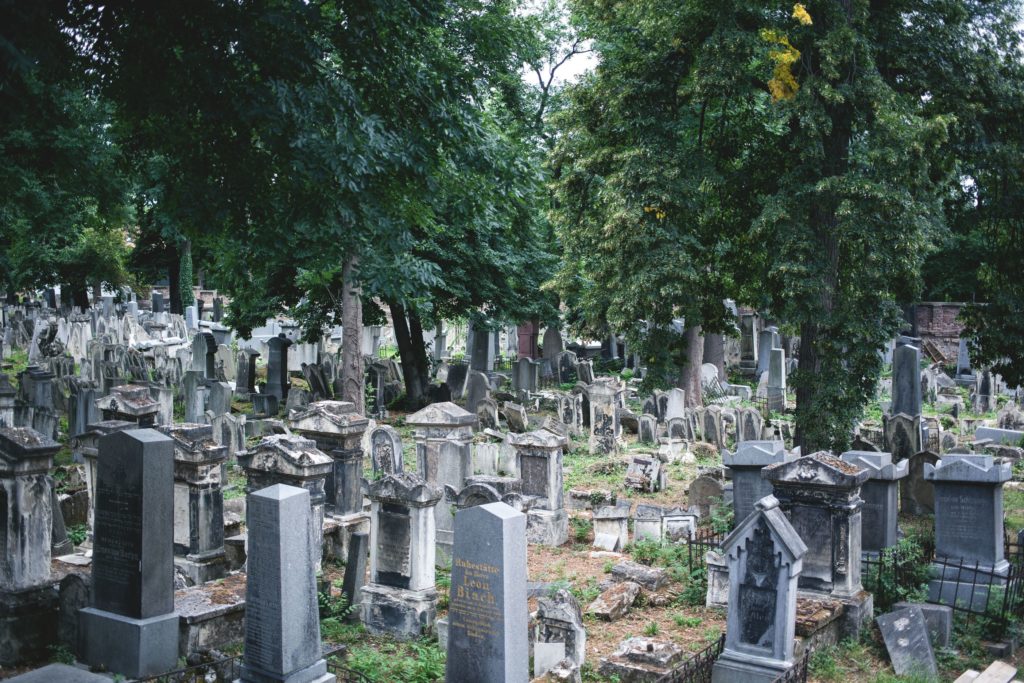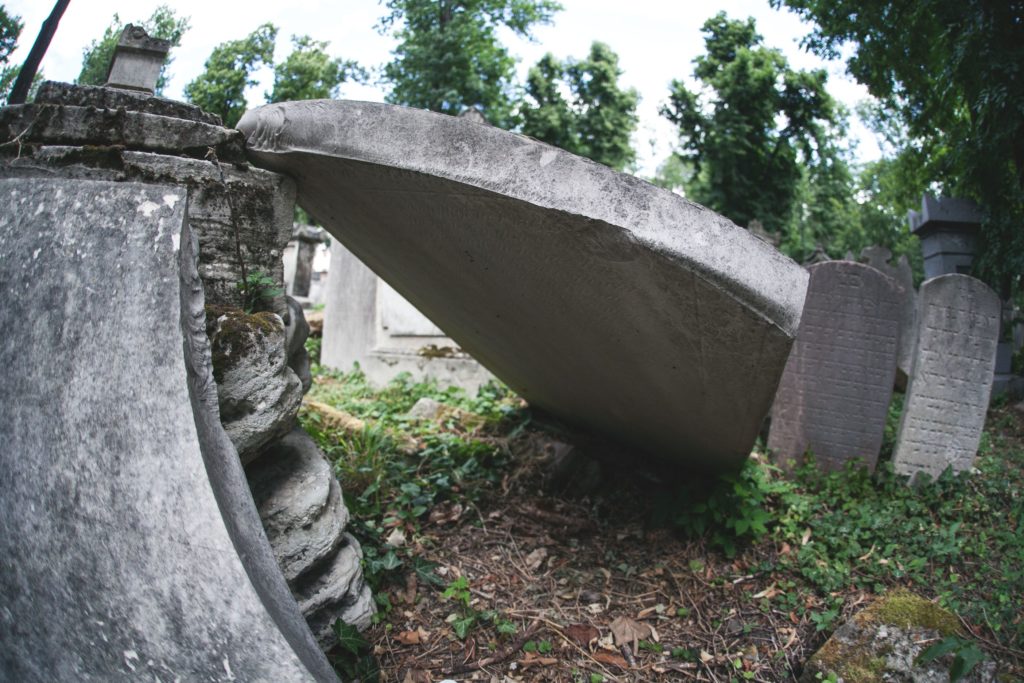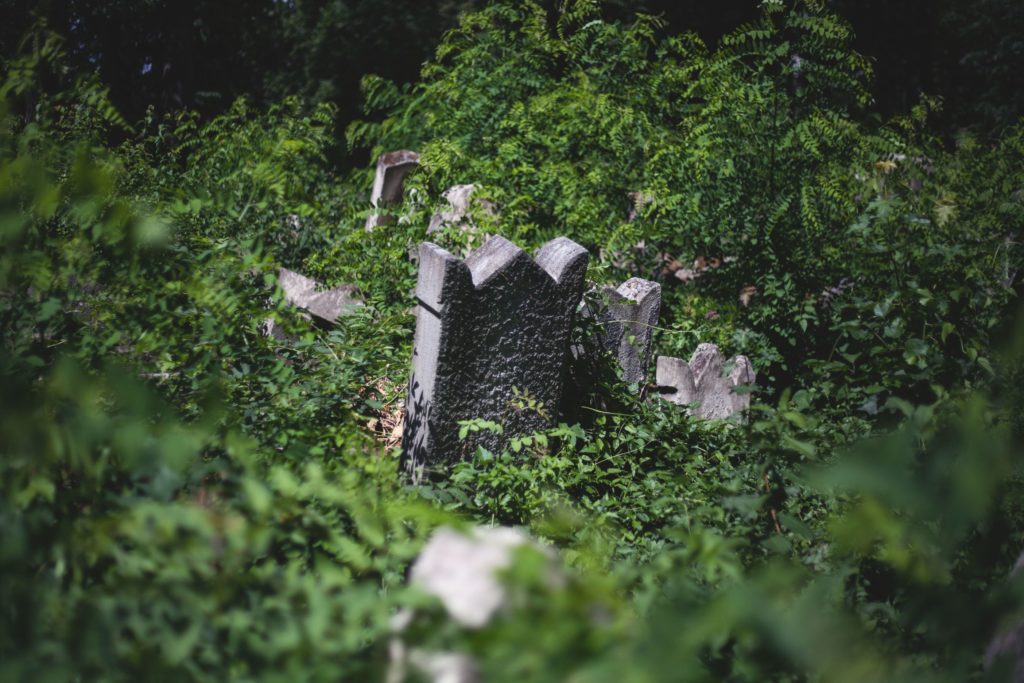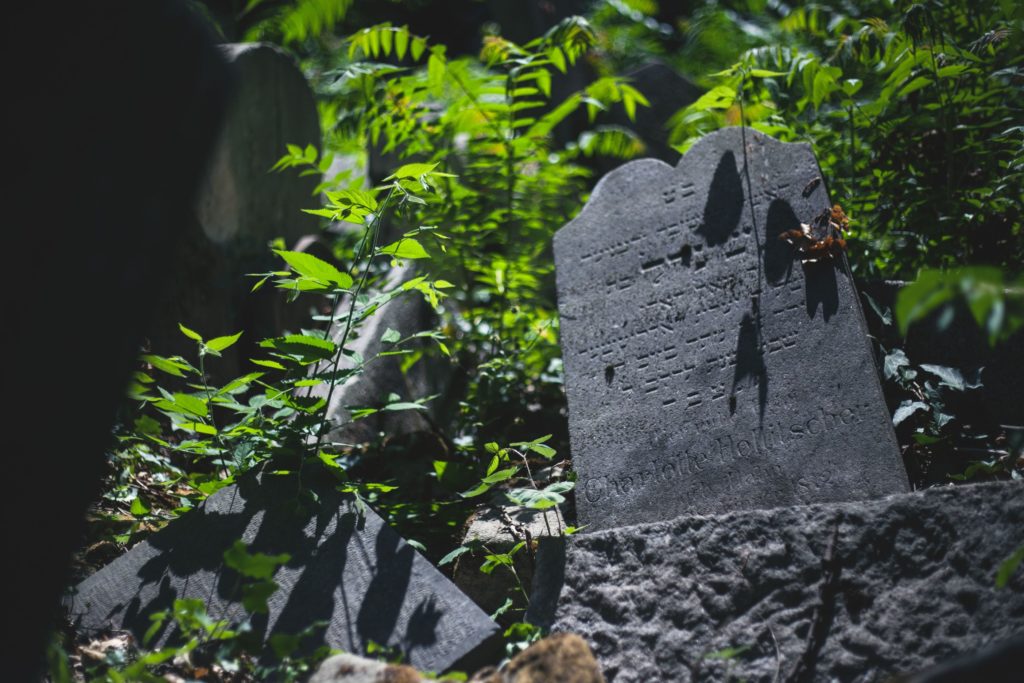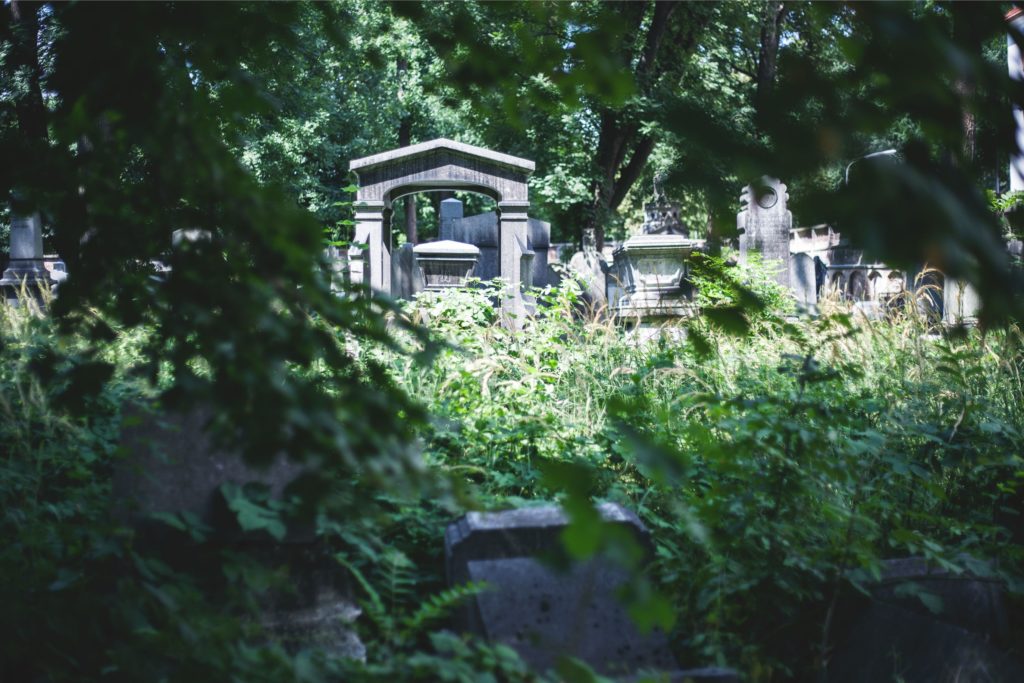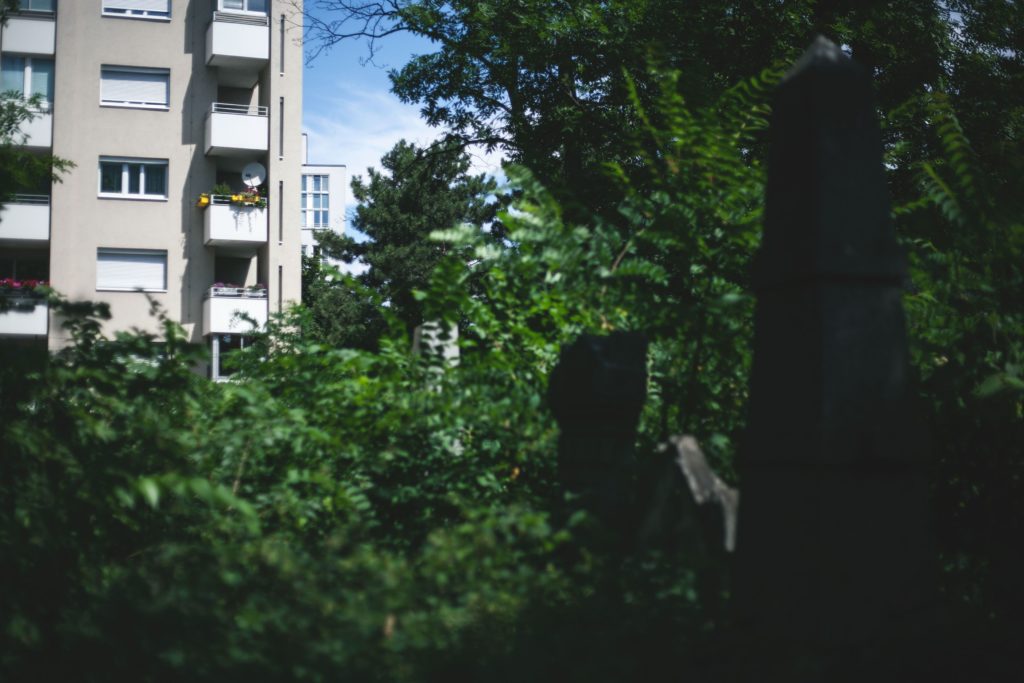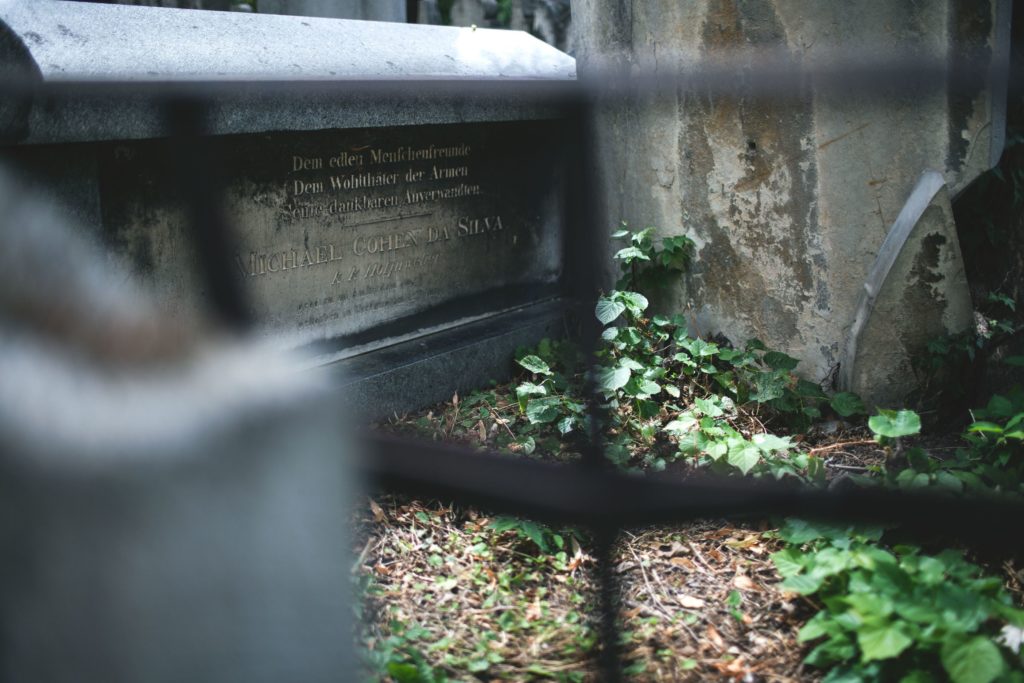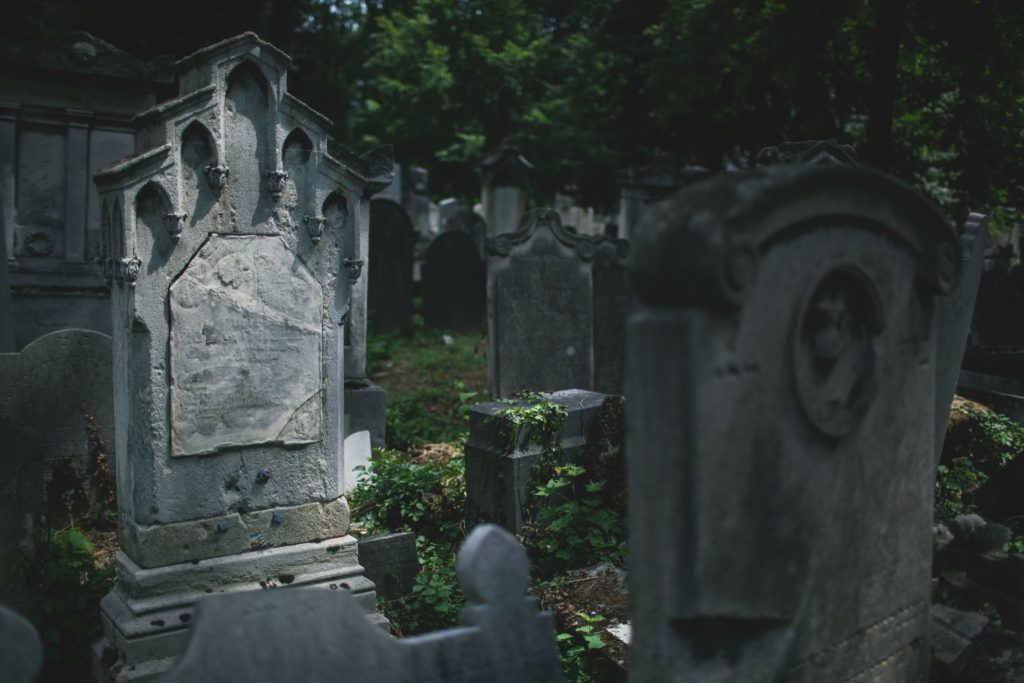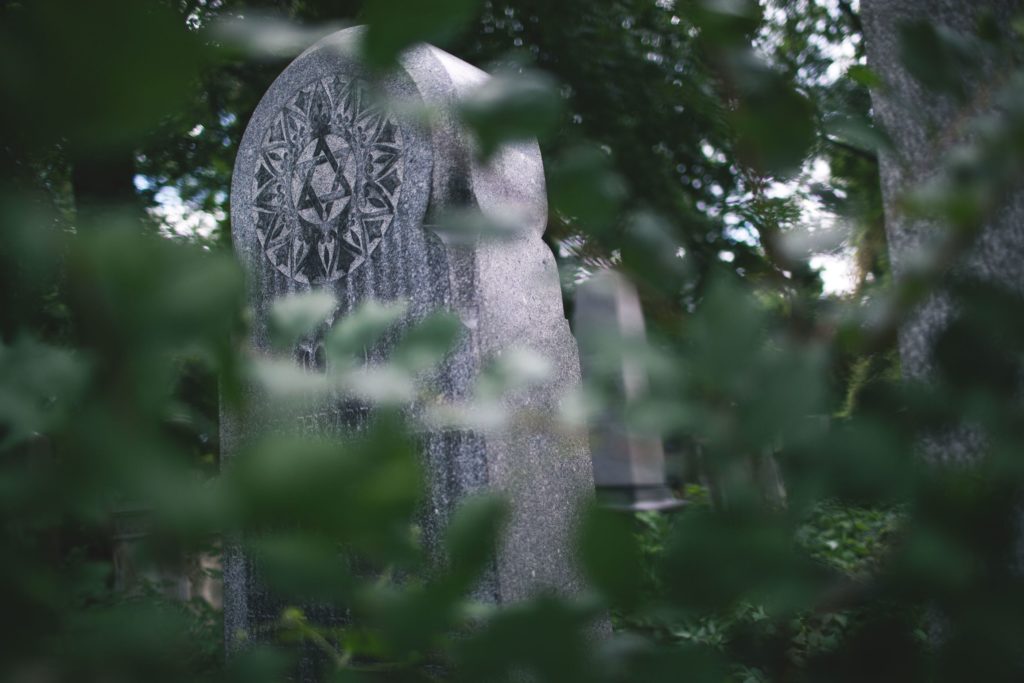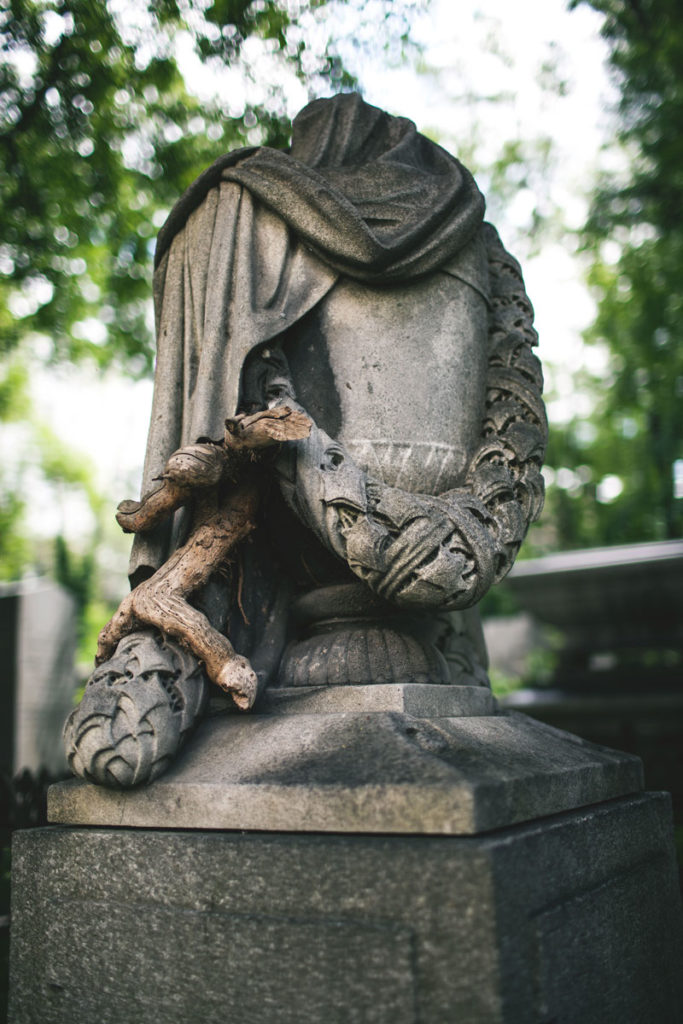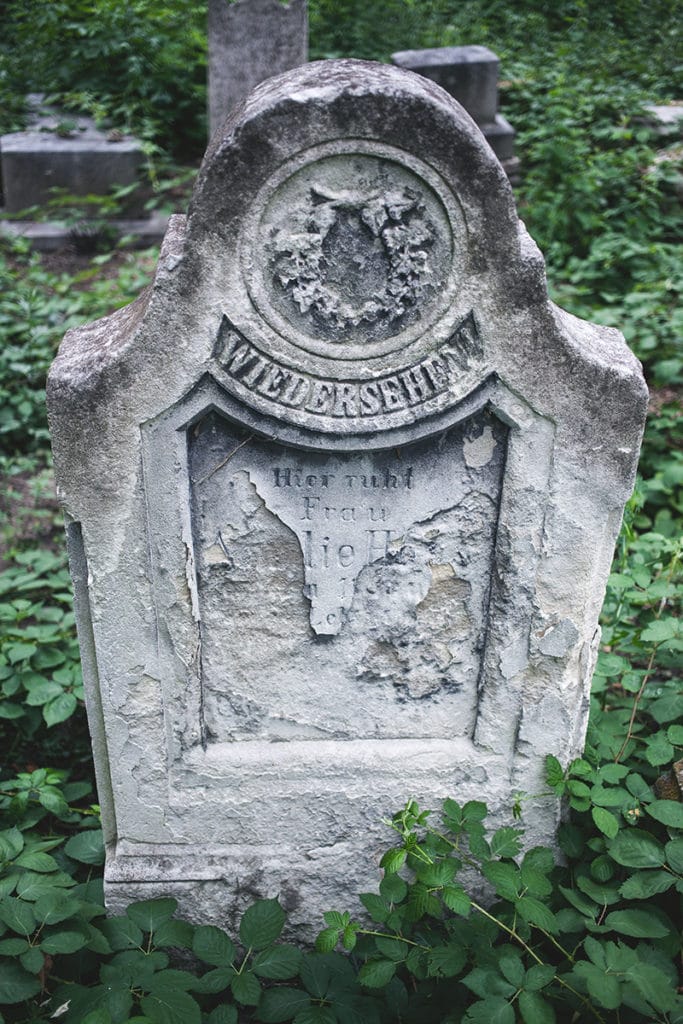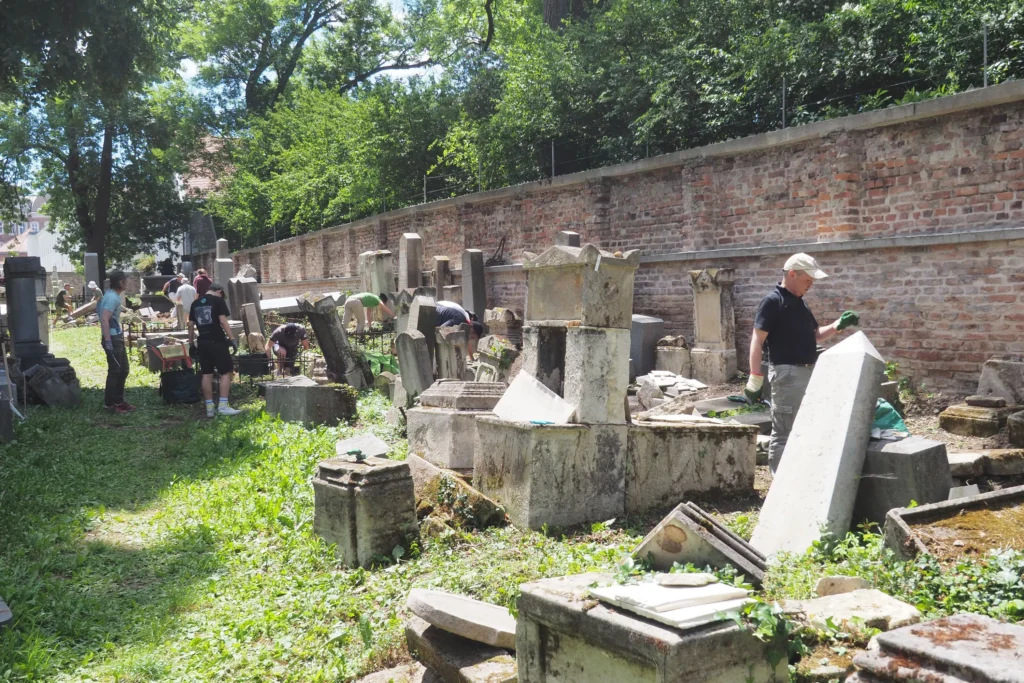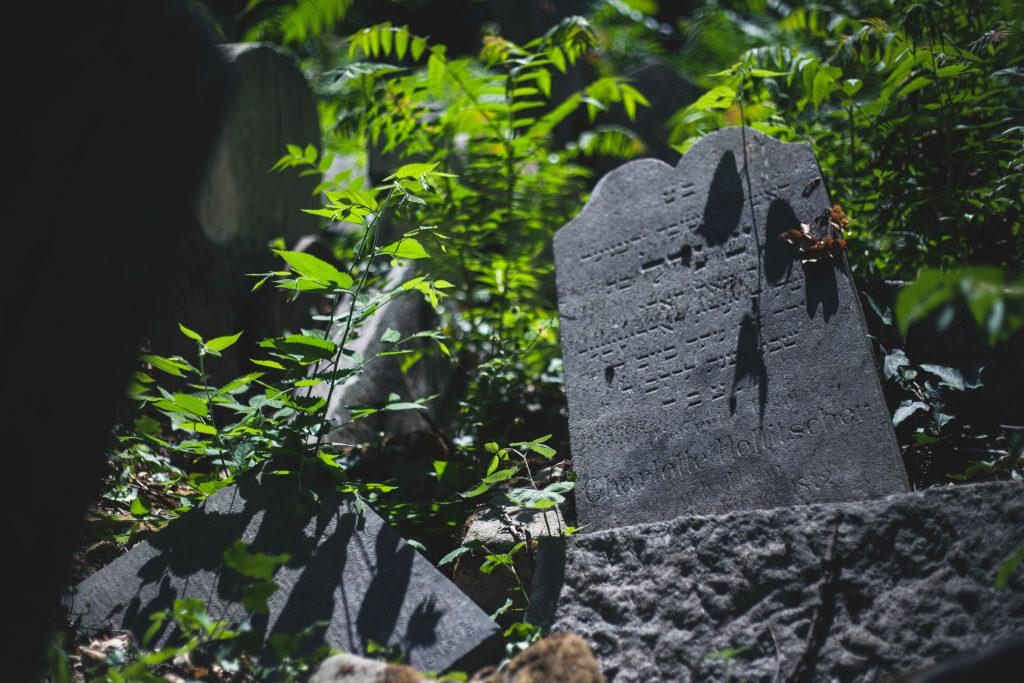Proponents: Johannes Abensberger, Renate Anderl, Dr. Hannes Androsch, Univ.Prof. Dr. Wolfgang Aulitzky, Dr. Harry Bergmann, Mag. Sandra Berkson, Dr. Brigitte Bierlein, Mag. Eva Blimlinger, Wolfgang Böck, Mag. Martin Böhm, Univ.Prof. Dr. Wolfgang Brandstetter, -Timna Brauer, Dkfm. Michael Brooks, Dr. Emil Brix, Prof. Dr. Michael Bünker, Shlomit Butbul, Dr. Herbert Cordt, Oskar Deutsch, Dr. Christoph Dichand, Mag. Georg Doppelhofer, Mercedes Echerer, Klaus Edelhauser, Mag. Karoline Edtstadler, Erhard Ernst, Werner Faymann, Dr. Annemarie Fenzl, Dr. Günter Geyer, Roman Grinberg, Dr. Heimo Hackl, KommRat Peter Hanke, Dr. Michael Häupl, Miguel Herz-Kestranek, Klaus Herrmann, Ing. Wolfgang Hesoun, Oliver Hirschbiegel, Prof. Dr. Josef Höchtl, Dr. Wolfgang Hofer, Univ.Prof. Dr. Clemens Jabloner, Wolfgang Jansky, Mag. Maria Jelenko-Benedikt, Dr. Friedrich Jergtisch, UnivProf. Dr. Ulrich Jordis, Patricia Kahane, Josef Kalina, Veronika Kaup-Hasler, Wolfgang Katzian, Norbert Kettner, Ing. Ewald Kirschner, Prof. Dr. Raoul Kneucker, Mag. Thomas Kralinger, Sebastian Kurz, Mag. Werner Kogler, Dr. Herbert Lackner, DDr. Michael Landau, Peter Landesmann, Martin Lechner, Dr. Michael Ludwig, Martina Ludwig-Faymann, Mag. Dr. Harald Mahrer, Beate Meinl-Reisinger, Dr. Ralph Müller, Mag. Harald Neumann, Beatrix Neundlinger, Rainer Nowak, Univ.Prof. Dr. Edwald Nowotny, Dr. Christian Nusser, Cornelius Obonya, Dr. Josef Ostermayer, Mag. Hermann Petz, Caroline Pienkos, DDr. Horst Pirker, DI Josef Pröll, Dr. Johanna Rachinger, Christian Rainer, Dr. Claus Raidl, UnivProf. Mag. DDr. Oliver Rathkolb, Dr. Pamela Rendi-Wagner, Mag. Marie Ringler, Dr. Walter Rothensteiner, DI Walter Ruck, Mag. Andreas Schieder, Mag. Martin Schlaff, Mag. Dr. Heide Schmidt, Richard Schmitt, Rabbi Arthur Schneier, HR Dr. Karl Schütz, Peter Schöber, E. Randol Schoenberg, Dr. Kurt Scholz, Dr. Timothy Smolka, Mag. Wolfgang Sobotka, Dr. Georg Springer, Prof. Elisabeth Stadler, MMag. Oliver Stauber, Dr. Barbara Staudinger, Dr. Dwora Stein, Mag. Dr. Eveline Steinberger-Kern, Kardinal Dr. Christoph Schönborn, Alois Steinbichler, Erwin Steinhauer, Katharina Stemberger, DI Friedrich Stickler, Mag. Terezija Stojsits, Ing. Karl-Hein Strauss, Sissy und Max Strauss, Ing. Karl-Heinz Strauss, Karin Strobl, Dr. Hannes Sulzenbacher, Dr. Josef Taus, Dr. Paul Tesarek, Dr. Andreas Treichl, Armin Thurnher, Univ.Prof. Dr. Alexander Van der Bellen, Dr. Franz Vranitzky, Dr. Anton Wais, Mag. Stefan Wallner, Christiane Wenkheim, Dr. Alexander Wrabetz, DI Wolfgang Zehetner.

